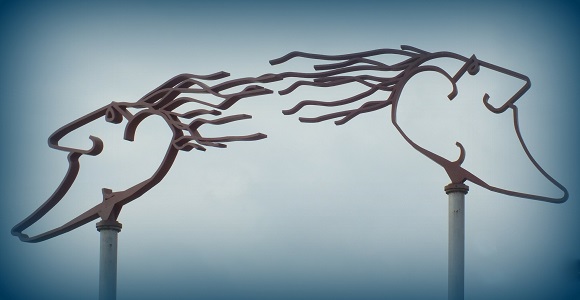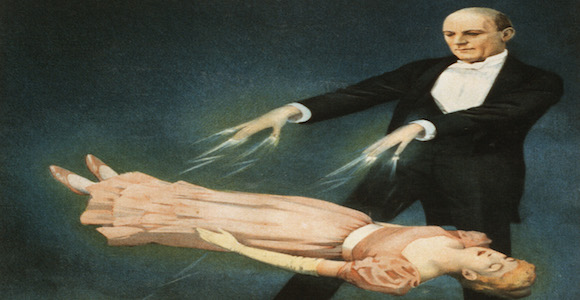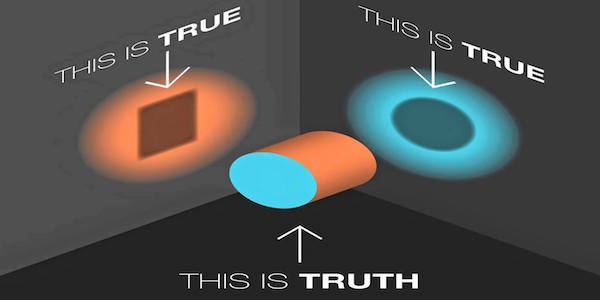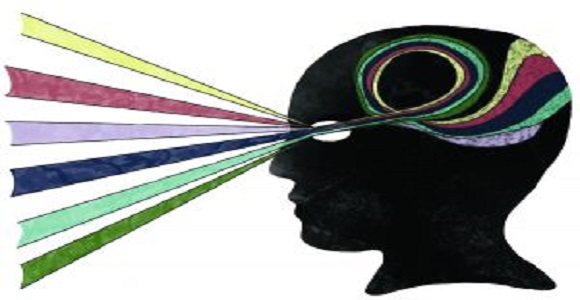
What’s in a name? Choosing names for your characters can be perfunctory or can provide your readers or audience with insight into your characters’ natures, add humor or surprise, or even at the very least break out of ordinary monikers into the realm of the unusual.
To illustrate how to leverage character names in your story, we’ve excerpted this story development step from our StoryWeaver Story Development Software:
What’s in a Name?
INTRODUCTION
So far, we’ve been dealing with characters primarily by their jobs, vocations or roles since we derived them from your plot. Now it’s time to start building some personality into your characters to see if they really have potential for your story, and we’ll begin by giving them names.
Few people (other than performers, artists, and writers) get to choose their own names. But as a writer, you have the power to choose the names of all your characters. And with this power comes the opportunity to say something to your readers or audience about a character’s inclinations, accomplishments, or outlook.
A name could convey military service, religious affiliation, or status. A nick-name might illuminate a major character trait, some event in a character’s past, or the way other characters feel about him or her. Names can add to comic value, hint at danger, or flirt with with mystery.
In this step, add a name to each of your characters that doesn’t already have one and reconsider the names of those characters who do.
TELL ME MORE
In this step, you’ll start interviewing all the folks that showed up for your casting call so you can learn a bit more about them in order to decide who to hire to be in your story.
The first step in any interview is to get to get the character’s name. You probably already have names for several of your potential cast members, but there are likely to be some whose names you don’t yet know.
For the nameless ones, it’s time to give them a moniker. Names give us our first impression of a character. In most stories you’ll want to keep most of your characters’ names normal and simple. But if they are too normal or if everyone has an ordinary name, you’re just boring your readers.
However, if your story requires typical names, try to pick ones that don’t sound like one another or your readers may become confused as to which one you are talking about. Personally, I’ve always had trouble remembering which one is Sauron and which is Sarumon, but that’s just me. Nonetheless, try to stay away from character combos like Jeanne and Jenny, Sonny and Sammy, Bart And Bret and – well, you get the idea.
If your story might benefit from giving some of your characters more unusual names, consider nicknames. Nicknames are wonderful dramatic devices because they can work with the character’s apparent nature, against it for humiliating or comedic effect, play into the plot by telegraphing the activities in which the character will engage, create irony, or provide mystery by hinting at information or a backstory for the character that led to its nickname but has not yet been divulged to the readers.
Keep in mind these are just temporary names for identification. You’ll have the chance to change them later. So for now, just add a name to every character in your potential cast list.
TIPS
What’s in a name? Not a name like “Joe” or “Sally” but something that opens the door to further development like “Muttering Murdock” or “Susan the Stilt.” Often coming up with a nickname or even a derogatory name one child might call another is a great way to establish a character’s heart.
What can we say about Muttering Murdock? The best way to develop a character (or for that matter, any aspect of your story) is to start with loose thread and then ask questions. So, for ol’ Muttering Murdock, the name is the loose end just hanging out there for us to pull. We might ask, “Why does Murdock Mutter?” (That’s obvious, of course!) But what else might we ask? Is Murdock a human being? Is Murdock male or female? How old is Murdock? What attributes describe Murdock’s physical traits? How smart is Murdock? Does Murdock have any talents? What about hobbies, education, religious affiliation? And so on, and so on….
We don’t need to know the answers to these questions, we just have to ask them.
Why Does Murdock Mutter?
- Because he has a physical deformity for the lips.
- Because he talks to himself, lost in his own world due to the untimely death of his parents, right in front of his eyes
- Because he feels he can’t hold his own with anyone face to face, so he makes all his comments so low that no one can hear, giving him the last word in his own mind.
- Because he is lost in thought about truly deep and complex issues, so he is merely talking to himself. No one ever knows that he is a genius because he never speaks clearly enough to be understood.
You get the idea. You just pull out all the stops and be creative. See, that’s the key. If you try to come up with a character from scratch, well good luck. But if you pick an arbitrary name, it can’t help but generate a number of questions. If you aren’t trying to come up with the one perfect answer to each question, you can let your Muse roam far and wide. Without constraints, you’ll be amazed at the odd variety of potential answers she brings back!
EXAMPLE
In our sample story, we’ve added names to all our characters with a good mix of the ordinary and the odd, including proper names and nick names. Some names just came to mind. Others are alterations of names of characters I’ve seen in television shows and movies. Some are based on sound-alike first and last names. In other words, names aren’t hard to come by, and mixing them up a bit just livens the party.
You’ll note that in several names, such as those of the posse, the gang, the businessmen, and the shopkeepers, I’ve given them organizational names such as The Gazpacho Enforcers. In so doing, I’ve given the town our example story the name of Gazpacho, so always be aware of opportunities to extend other parts of your story than the one you are currently working on. I’ll put the town name of Gazpacho in the Notes window to make sure I can refer to it later.
Also note that I’ve added an all new group character at the end of the list – a charitable organization: the Sons of the Gazpacho Ladies Auxiliary Support Society. The name just fell into my mind when I was naming all the Gazpacho groups and it struck me as to how ridiculous and pompous they sounded. Again, be on the lookout for random creative ideas: they can pop out of the shadows at any time!
Jedediah Farnsworth – The Old Sheriff
James Vestibule – The New Sheriff
The Hole in the Head Gang – Gang of Cutthroats
Armoire Vestibule Gang Leader (The sheriff’s wife)
The Gazpacho Enforcers – A posse
Stiff-Leg Sam – Deputy
Shandy Stilton – Mayor
J.W. Blinkers – Banker
The Gazpacho Consortium – Businessmen
The Gazpacho Retail Trade Association – Shopkeepers
Nell Goodtime – saloon girl
Slick Nick – bartender
Hugo Laughter – blacksmith
Bart Costello – rancher
Brother Bob – preacher
Nancy Lacy – schoolmarm
The Tumbling Troubadours – A troupe of traveling acrobats
Ulysses S. Grant – President of the United States
Percy Prancy – A bird watcher
Ghost of Julius Caesar – Annoying Spirit
The Sons of the Gazpacho Ladies Auxiliary Support Society – Charitable organization
*******
This is just one step from the more than 200 steps in our StoryWeaver Story Development Software. Click the link to try it risk-free for 90 days!










